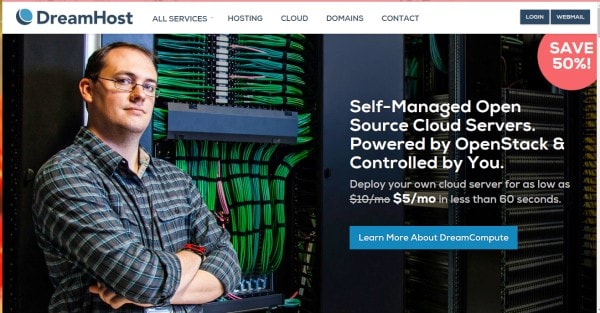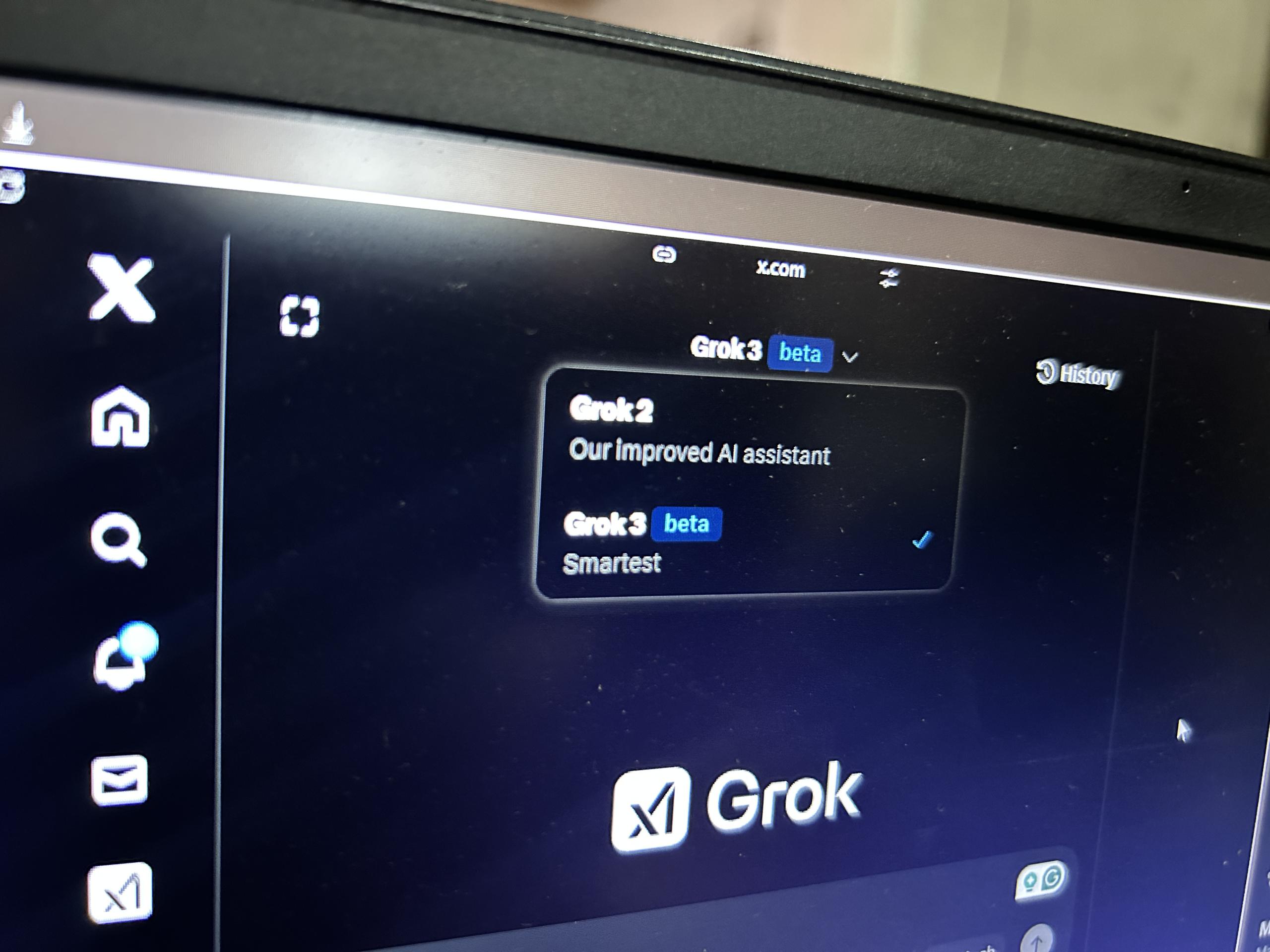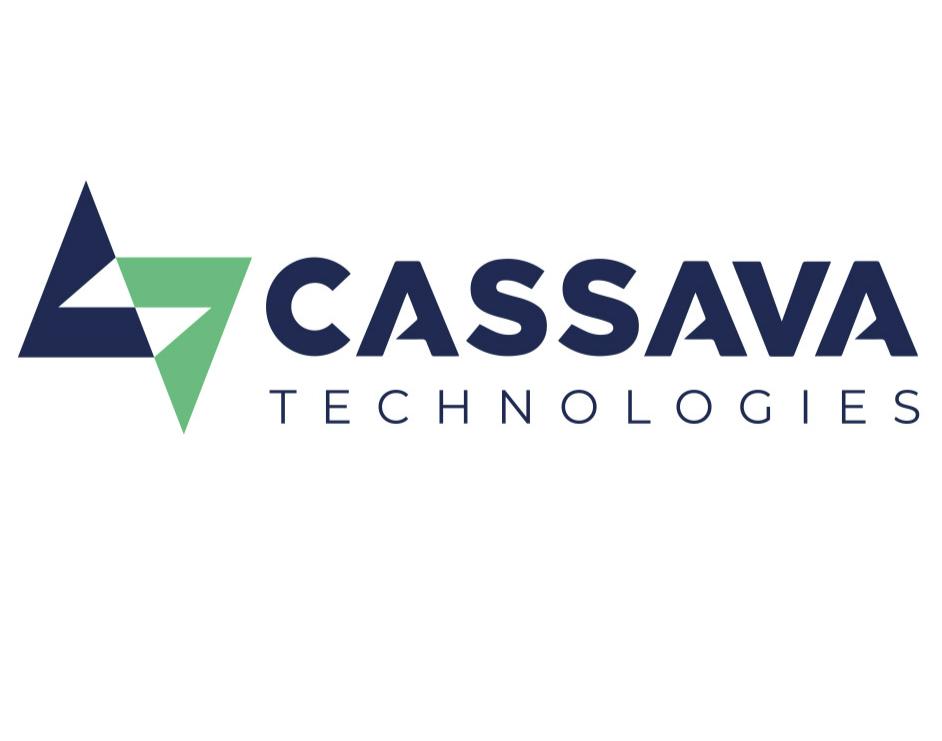We have already established that when it comes to the cloud, few agree on what it is. Some think of it as referring to Software as a Service (SaaS) for example services like Office 365, some say it’s elastic infrastructure that you can expand and adjust to suit your organisation’s computing needs while others think of it in terms of cloud storage services like Dropbox and Google Drive.
It kind of reminds me of the Indian story of the Elephant (Jain). In the story six blind men are asked to determine what an elephant is: one man feels its leg and says an elephant is like a pillar, another feels its trunk and says an elephant is like a tree branch, another reaches for the tail and says no it is like a rope, the one who only touched the ear says it is like a hand fan, the one who felt the stomach said it is like a wall and the one who felt the tasks said it felt like a solid pipe. The moral of the story the cloud is vast and encompasses all the things above.
Ever since the concept was invented there has never been a shortage of service providers pawning their wares as cloud offerings. We have of course the market leaders; Amazon, Rackspace, Azure and the Compute Engine from Google on what is becoming a long roster. All of these have one thing in common; they were made with large Enterprises and flexibility in mind and to scale and cater for the needs of different organisations. The result is a lot of complexity that is likely to confuse humble Zimbabwean start-ups.
This complexity is not helped by the vexing pricing structures that often accompany such services. New users have to familiarize themselves with languages like EBS, VPC peering Data, t2.micro, t2.small, t2.medium, EBS only storage, dense storage instances, AWS regions, elastic addresses, data transfer prices for data in and out of instances. All of this is while using internal addresses, elastic addresses, and what-nots. They even have a special calculator which never helped me much. They should make Amazon Pricing 101 a certifiable course.
The other providers are not better either and while I at least managed to launch and log into a couple of Amazon instances a couple years back, just to check what the heck the fuss was all about, I cannot say the same with Google’s Cloud Compute Engine where I encountered something called “load balancing forward rules” which are apparently worth about $15 each/month and which you cannot do without. The Azure cloud is no better.
But what if you are just a humble startup just out to launch your first app and do not yet know the resources you will need? What if you are just cutting your teeth on the cloud? What if you just want to know what the noise is all about.
Well, I was in a quandary until I discovered Dreamhost. To be fair there are probably a lot of other simple priced cloud offerings out there and as always you are free to mention them below and share your knowledge with the community.
While Dreamhost (started in 1997) is nowhere as big an organisation as, say Amazon, nor do they have multiple regions or a portfolio nearly as expansive, its pricing structure is quite simple. Instead of paying for each and every resource that you use, Dreamhost has the three flat priced packages with the cheapest starting at $5/month. In each plan, there is a cap to the maximum amount of resources you can use. Users can launch up to two instances in the first bouquet for example.
Those of you who love uncapped internet in this country are quite familiar with the “up to” phrase. In the same fashion there is a slight catch: Once you exhaust a some resources like the amount of RAM allocated for your plan you will not be able to launch more instances and the first and second plan only allows you to have and use one public IP which you can only attach to one instance.
This could be useful if you say want to launch a LAMP stack and install the MySQL Database on its own instance for some reason or you want to launch several apps behind a firewall and regulate access to them using one internet facing machine. You can always purchase additional IP addresses for about $6 each/month which is very steep for me but hey, you cannot have everything.
They also have a popular selection of images including Ubuntu 14.04 (Trusty Tahr), Ubuntu 12.04 (Precise), Centos 6-7, Fedora 20-21, CoreOS and Debian Wheezy which should fulfil the needs of most people. Again the images are not extensive as the ones available in say AWS but the interface allows you to edit images and create custom images of your own for future use which can be useful if you want to launch multiple, duplicate, but custom-made instances.
And for the icing on the cake, Dream-host accepts EcoCash’s Virtually Cards which should make it more appealing to the Zimbabwean market. For those starting out with the $5 plan, the total cost is easy to work out and stands at $6.25 a month, $5.50 for the service (for some reason they don’t allow you to pay anything less than this although you will be billed $5 a month and the $0.50 will be credited to your account meaning a cost of $4.50 a month), $0.50 to generate the VC card every month and about $0.25 for the transaction.
As an accountant, I like to know what I will be paying in advance and Dreamhost gives me just what I like. They offer free 30 day trials and a 60 day invoice settlement grace period and even with things as tough as they are in Zimbabwe at the moment, even the poorest startup or individual cannot fail to settle a $5.50 invoice in that time.












Comments
6 responses
When did TechZim start doing Advertorials?
Both AWS and Google have free tiers (AWS has free micro instance for a year, GAE has free resource quota’s in perpetuity).
If you’re going to the using the cloud, the least you can do is to learn what the components are and whether or not they can help you. If you don’t want to do any research or be bothered with infrastructure questions, go ahead and pay $5.50/mo for something that might cost you cents on other cloud services.
The good thing about AWS and Google Cloud Platform is that both make you pay for only what you use, which makes it easy to scale. Also, you don’t have to use all the components from day 1, with a little planning, there should be no confusion. You probably don’t need to use Route 53, Cloudfront, etc right now. I only use App Engine and couldn’t care less about the other Cloud Platform components like Compute Engine or BigQuery)
When did TechZim start doing Advertorials?- —– I totally agree with you there.
It’s not a complex pricing structure,,, it’s a simple pay for what you use model.
Also on your other comment :
the images are not extensive as the ones available in say AWS but the interface allows you to edit images and create custom images of your own for future use which can be useful if you want to launch multiple, duplicate, but custom-made instances…. Please do your research well before you start writing,
They are a lot of free images on AWS, most images are free (including all those you have listed) and you can also customize them and create your own images.
They offer free 30 day trials …(AWS offers 1 year free trial)
You can always purchase additional IP addresses for about $6 each/month (You don’t have to pay for IPs on AWS). It’s crazy how the IP cost more than the computing power.
All of this is while using internal addresses, elastic addresses, and what-nots. Not all servers need to be public facing, I’m sure you know that by now.
Just because a platform lacks features doesn’t mean it’s recommended,,,,Like the other guy commented above you don’t need to use everything that you see in there but knowing what the features are and how to use them will help you build a scalable and fault tolerant architecture.
I was not paid to do this. I used the service and I liked it. I have used AWS’s socalled free tier and here is the problem, there is not alert box or any way, not an easy way at least, to tell you before hand that you are exceeding the amount of resources within the free tier only an invoice after the fact.
I clearly state however that there are many services, but the truth is there are not meant for the simple Zimbabwean market, being scalable does not mean it has to be complex. I know OVH has a simple slider you can use to increase RAM etc. There should be two interfaces at the very least, one for the humble use and one for the bells and whistles.
Is not the whole point of the cloud to make life simple? AWS does not make it simple, not pricing wise no.
It’s just my opinion though and clearly you are happy with AWS service, this was meant for those who are either not happy with it or are looking for alternatives and especially those who are looking for an alternative pricing structure which you have to admit Dream host’s pricing structure is a bit unusual.
Add to that the fact that they accept Ecocash- well sort of and you still don’t see the appeal?!
No, you’re probably thinking of shared hosting. The point of the cloud is to make scaling simple – and that means paying for the resources you use. If you get an unexpected traffic spike, your visitors never get a “Traffic Quota for this site has been exceeded” error message.
AWS and GCP have plenty of APIs to monitor resource & manage your instances, so depending on your project, it might be worthwhile to automate responses to high resource usage.
Don’t just jump onto platforms because ‘cloud’ is the hot new thing. Research if it matches your needs. Also, if you are not using DreamHost’s OpenStack APIs, you’re really just using it as a vanilla VPS – and VPS is not cloud-computing
I don’t know, maybe some of us are just ignorant or we ain’t got time to research but in this age we are living getting information is just a matter of typing a few words in a google search box, for example:
https://www.google.com/search?q=setting+aws+usage++limit&ie=utf-8&oe=utf-8
and with another click you are here:
http://docs.aws.amazon.com/awsaccountbilling/latest/aboutv2/billing-free-tier.html
where you get information on how to set billing alarms so that you don’t get shocked when you receive your invoice and besides each time you try to launch something outside of the free tier you will be warned!
Cloud computing is not for everything most Zim startups just need shared hosting cause they are basically websites
Like many providers of services DreamCompute appears to require a credit card to take advantage of the “free” 30 days. This is something I do not recommend since too many providers, in my personal experience, are very quick to bill your credit card but very slow to stop billing if you decide to not go beyond the “free” period.
Another point is this: The major providers I tried showed no interest in their potential customers. Plus, they seemed to work hard to constrict your potential to their chosen pattern. Thus, you are limited to whatever they want to allow you to do, including language choices.
After doing my own personal review of cloud providers, I chose RedHat OpenShift (https://www.openshift.com). They also offer free access for short and small projects, and they do not require a credit card for that. They also have a very open pattern of use and are very proactive with their customers on an individual basis.